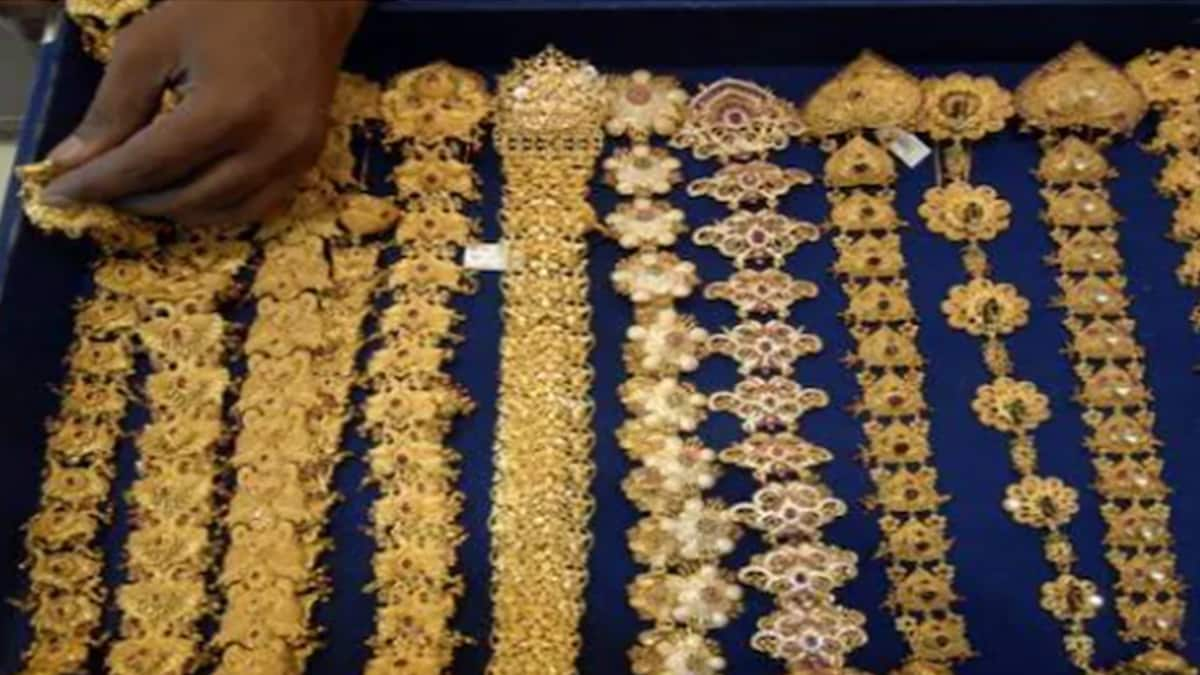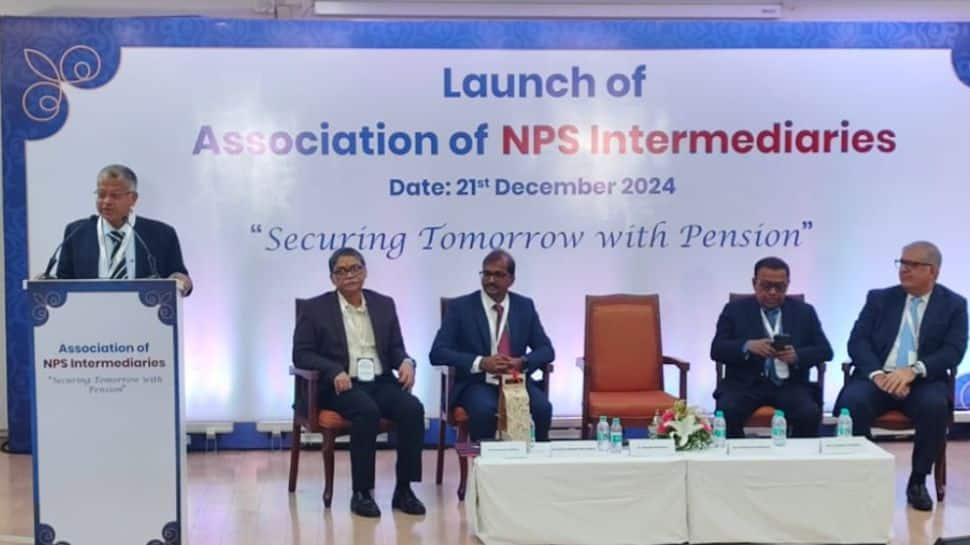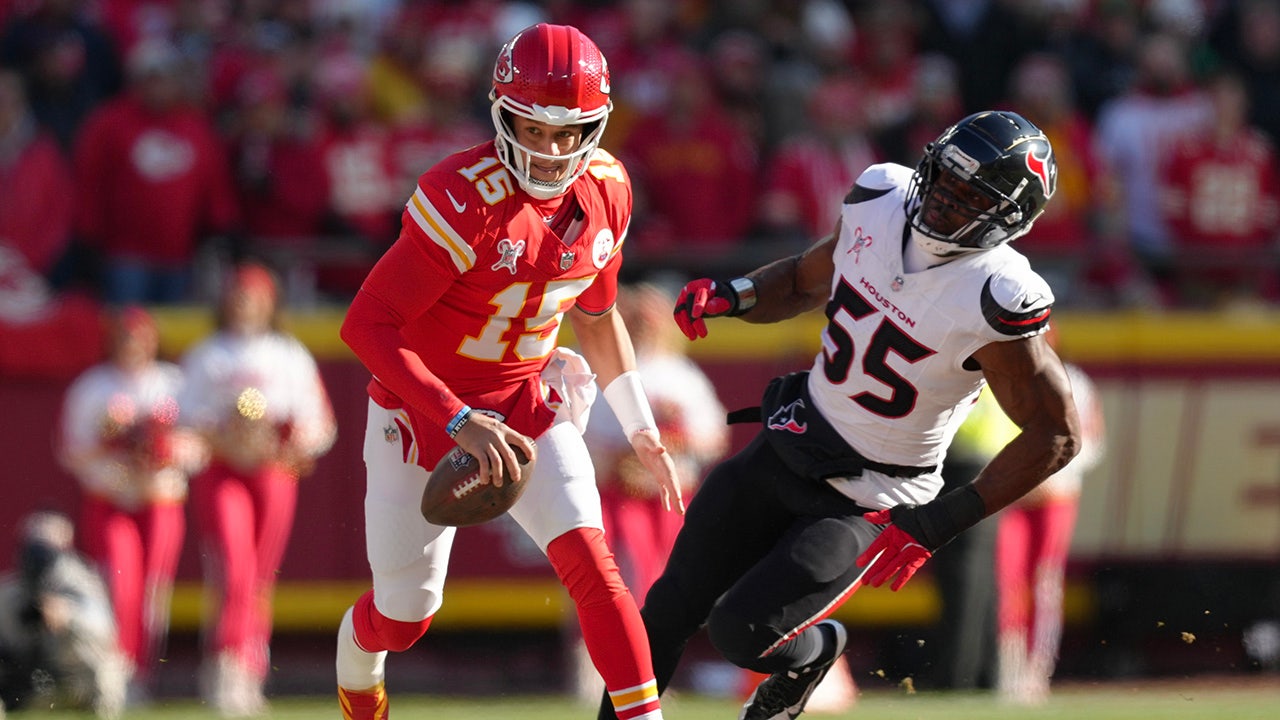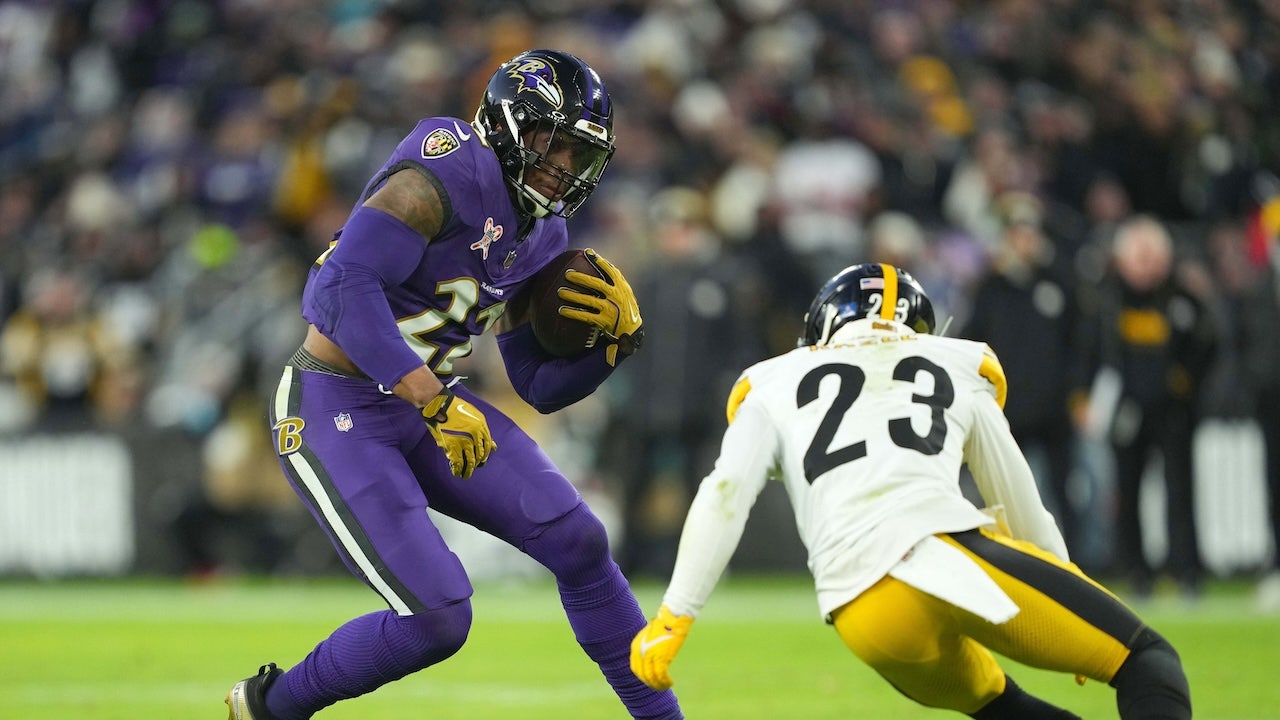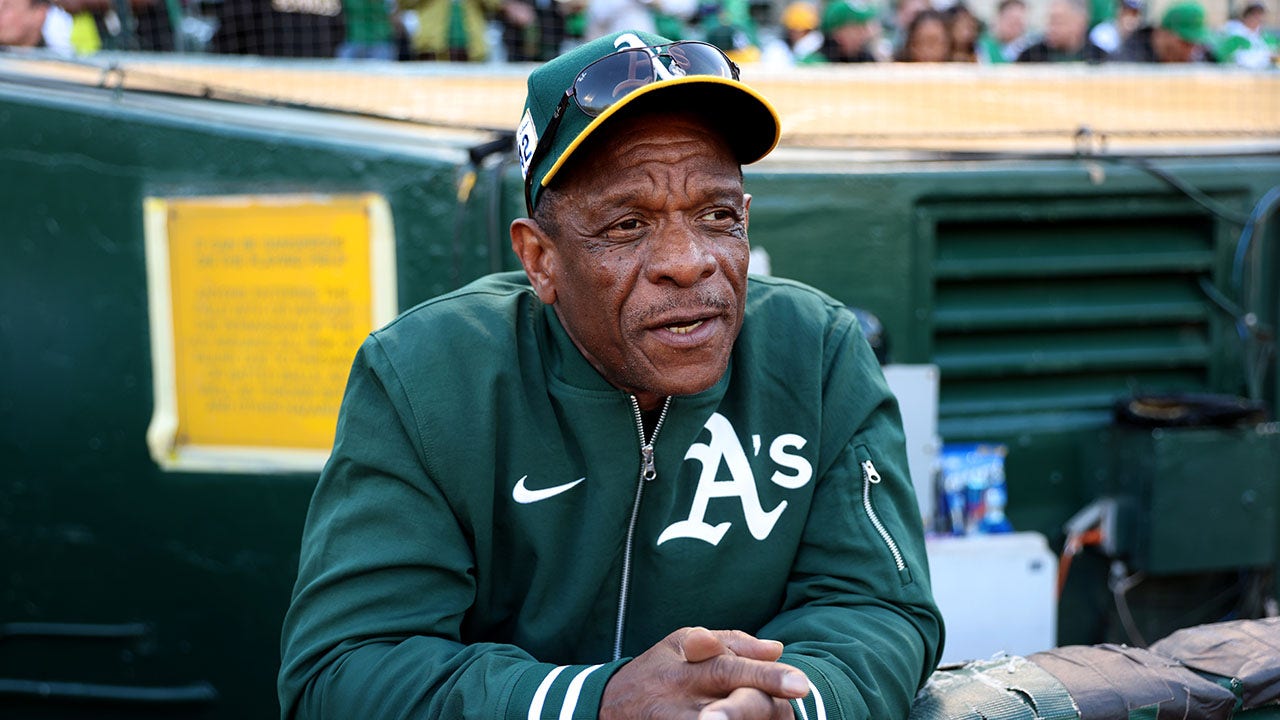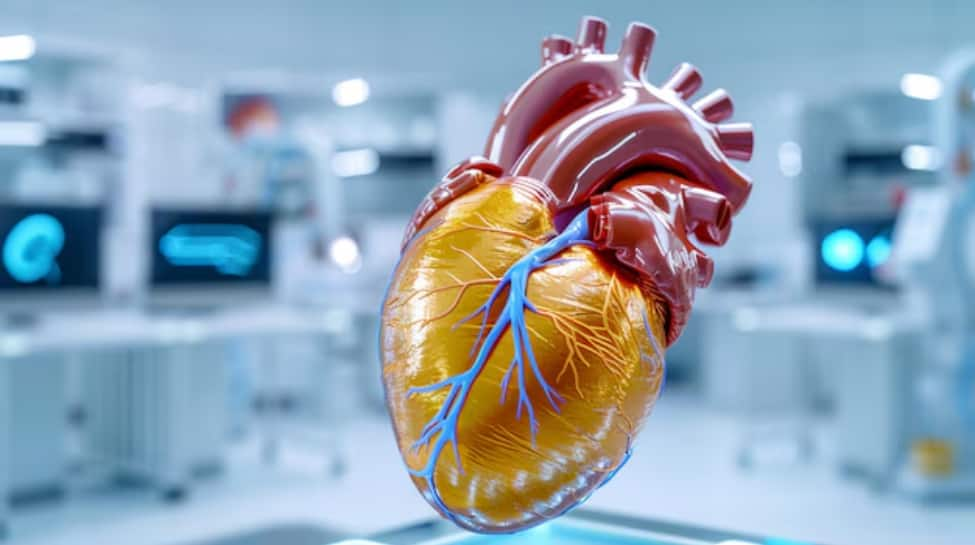Though it checks nearly every conceivable box on one’s opera checklist — forbidden love, mistaken identities, an overbearing father, vengeance, bloody daggers and a declaration early on that nothing can stop the passions of young lovers — it doesn’t quite have the alchemy of grand scale and intimate focus that characterizes Verdi’s more popular works. And while it brims with lovely music, particularly sinuous solos for clarinet, it’s slightly lacking in what the young ones might call bangers.
Perhaps it’s this sense that “La Forza” could use a little extra help that inspired director Mariusz Treliński to airlift its somewhat convoluted action — originally set in the mid-18th century around Spain and Italy (near the time of the War of Austrian Succession) — to “a contemporary city” and plop the whole story on a turntable stage. Verdi’s Risorgimento-pumping glorification of war may also account for its infrequent appearance on mainstages. (Oh, that and the long-standing lore that the opera is cursed.)
It’s a “La Forza” laden with choices, but none better than its casting. The night I attended was the final appearance by superstar soprano Lise Davidsen in her turn as Leonora — her run celebrated at the end of the performance with a blizzard of confetti torn from program pages and tossed from the upper tiers. (Soprano Elena Stikhina will sing the remaining three performances.)
Her “Me, pellegrina ed orfana” in Act I was an early indication of her power and precision; her Act II arias as she seeks refuge at a monastery (“Sono giunta! grazie o Dio!” and “Madre, pietosa Vergine”) a demonstration of her strengths as an actress. A soaring “Pace, pace, mio Dio” in Act IV was met with prolonged, grateful applause after a third act that squandered much of the night’s momentum. Those who missed Davidsen in this production would be wise to secure tickets for next season, when she’ll sing the title role in “Tosca” as well as Leonore in “Fidelio.”
Tenor Brian Jagde’s tormented Alvaro was mighty right out of the gates in a duet with Leonora (“Ah! Per sempre, o mio bell’angiol”) — steely highs, leathery lows, just the right balance of brute force and disarming tenderness. He earned a prolonged ovation in Act III with his grieving plea for pity (“O, tu che in seno agli angeli”). His foil, baritone Igor Golovatenko as Don Carlo di Vargas, offered strong, penetrating vocals — especially so in his Act III deliberation of betrayal (“Morir! tremenda cosa!”) — but his rage too often read as vaguely comic.
The primary trio was fortified by a stellar supporting cast. Mezzo-soprano Judit Kutasi (who also concluded her run on Saturday, to be replaced by mezzo-soprano Maria Barakova) was a visually bedazzled and sonically dazzling Preziosilla (usually attended by a troupe of six dancers in rabbit masks). And while her “Rataplan, rataplan, della gloria” was a vexing tonal detour (more Giuseppe’s fault than hers), she was nothing short of the center of Act II’s gravity.
As the Marquis of Calatrava, bass Soloman Howard didn’t strike the imposing figure he needed to in the first act — his voice insinuating authority more than commanding respect. He sounded far stronger later in the show in the dual role of Padre Guardiano (who takes in the desperate Leonora), and made spooky appearances loitering around the set as the ghost of the (accidentally) shot Marquis. Bass-baritone Patrick Carfizzi was marvelous as the growling, ill-tempered Fra Melitone.
Met music director Yannick Nézet-Séguin superbly led the Metropolitan Opera Orchestra through the many (often abrupt) mood swings of the opera. He leavened a densely dramatized overture sequence with brisk woodwinds and sprightly strings. In Act II, this light touch helped fluff up Carlo’s fibs and stoke pity for Leonora. He kept the music sturdy enough to bolster fiery choral parts and allowed space for softer, gauzier passages (which the chorus handled with particular elan). And his orchestra was busy with standout performances — Raphael Figueroa’s endearing, assertive cello playing; Anton Rist’s splendid (and demanding) clarinet solos; Hannah Cope’s lucid harp. (It was also a delight to hear so much of organist Howard Watkins on the Met’s Æolian-Skinner pipe organ.)
If there is a reason to see this vaguely Americanized “La Forza” before it packs up and retreats to its own hermitage, it’s simply to hear it.
Vague contemporizing has become a specialty of the Met in recent seasons — and onstage it’s starting to feel like a bit like a recycling program. Boris Kudlicka’s sets were wonderfully detailed and spatially inventive (often putting the stage’s slow rotation to clever use), but oddly familiar: The chain-link fences caging the Act III military encampment felt reinstalled from the cigarette factory in the company’s recent “Carmen”; the big-screen exposition (filmed in a style somewhere between a dream sequence and a fashion editorial) felt a little more than inspired by the updated “Lucia di Lammermoor”; and it wouldn’t be a modernized Met production without cars (“Carmen”), or even better, wrecked cars (“Lady Macbeth of Mtsensk”). And in more ways than one, the turntable stage itself felt like an enactment of destiny.
Projections, lots of them, have become another requisite of the Met modernization strategy. When the unspecified nation in this staging plunges into war following the death of the Marquis, the fact is driven home by trios of Black Hawk helicopters advancing through thick clouds of smoke. A ring of flames encircles Preziosilla. And at the end of the second act, Leonora’s vision of the Virgin Mary hovers above her, followed by a mysterious and heavily bead-adorned woman.
The mid-apocalyptic fourth and final act is introduced through a projected sequence that pans over a bombed-out city, reduced to rubble — a discomfortingly familiar image from the real world, here put to ambivalent use. And while the rotating reproduction of a nearly destroyed NYC subway station (unless some other contemporary city has a Helvetica standard and a stop at 155th Street) was certainly a feast for the eyes, if it was supposed to land as a reveal, it did not.
All of which is to say that lately, when the Met opts to spirit an opera to the present, it tends to land in a milieu that wicks its wow factor from the elevated presentation of the mundane. And while a modernized or otherwise reimagined staging of “La Forza” might have assisted in tightening up its looser ends, each act in Treliński’s vision had me distracted trying to calculate the value of the updates. (And if the mumbling in the lobby was any indication, I wasn’t alone.)
I left with more questions than answers: What was up with the rabbit dancers? Why did the battle scene at the encampment swerve into sloppy slo-mo choreography? How on this blighted earth is the subway still running?
But the big question was “What was it all for?” In trying to make pieces of this opera feel closer to home, Treliński’s vision only makes the whole feel far more removed — a mix of high-resolution and stubborn abstraction that feels oddly at odds with itself.
“La Forza del Destino” runs at the Metropolitan Opera through March 29, www.metopera.com.






